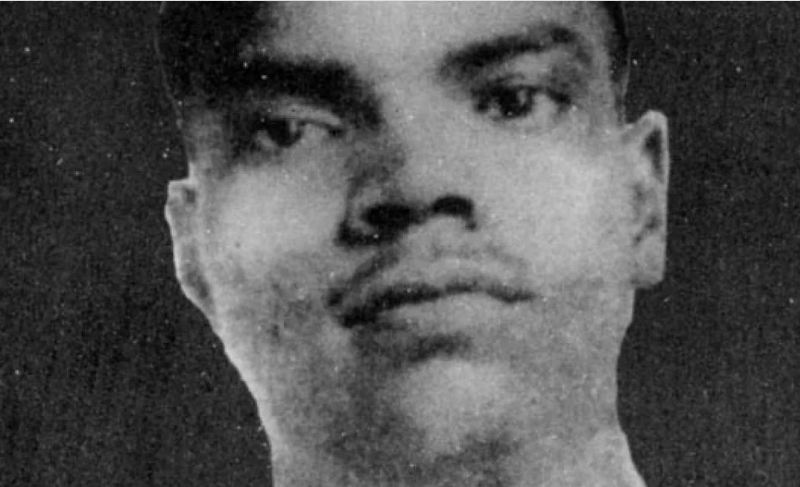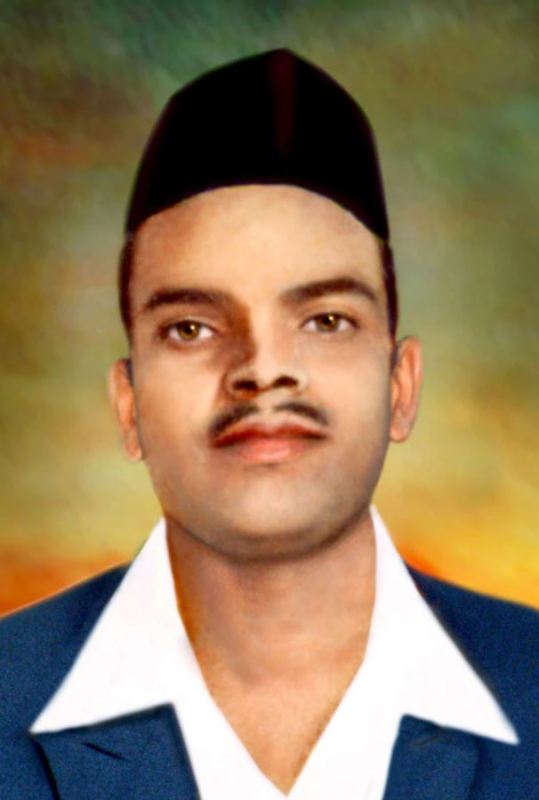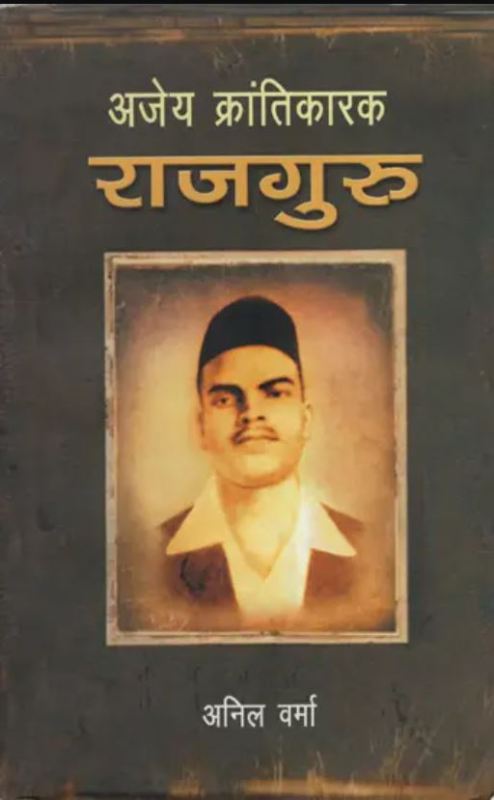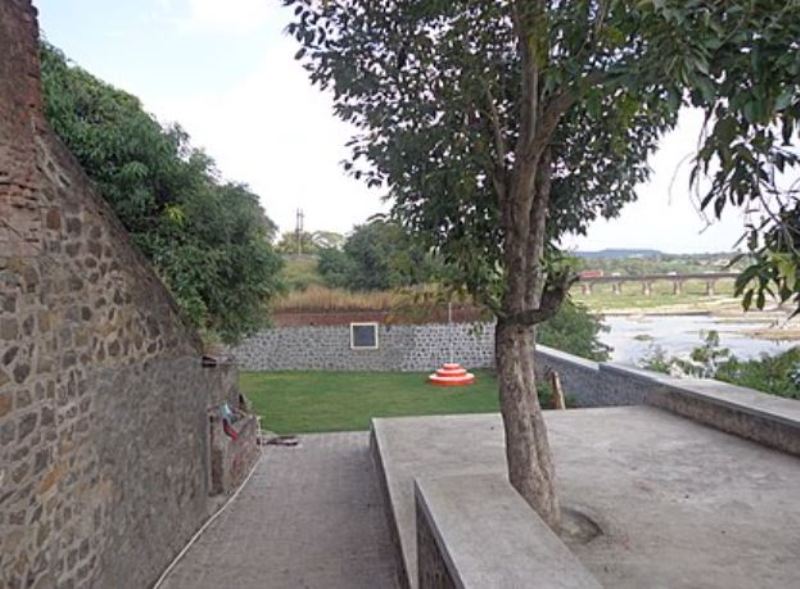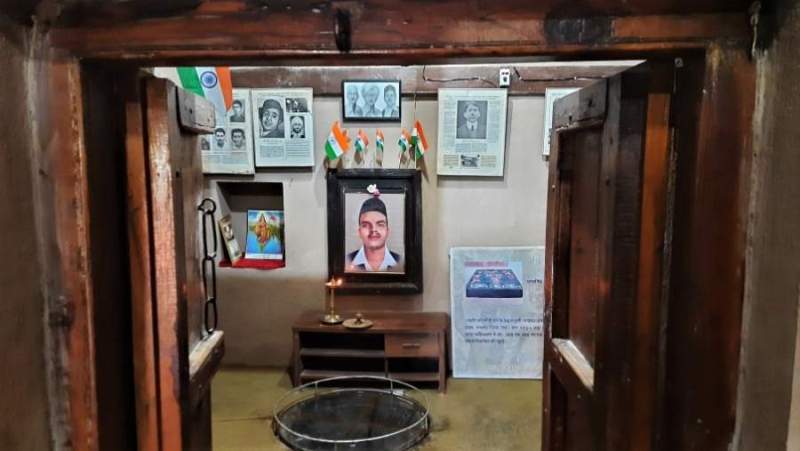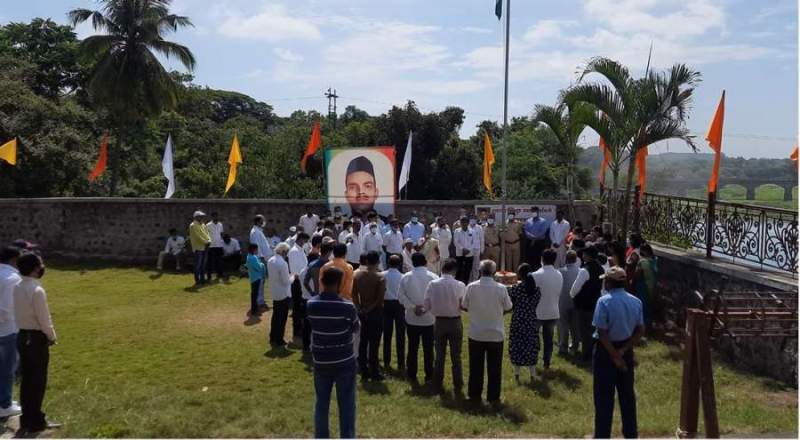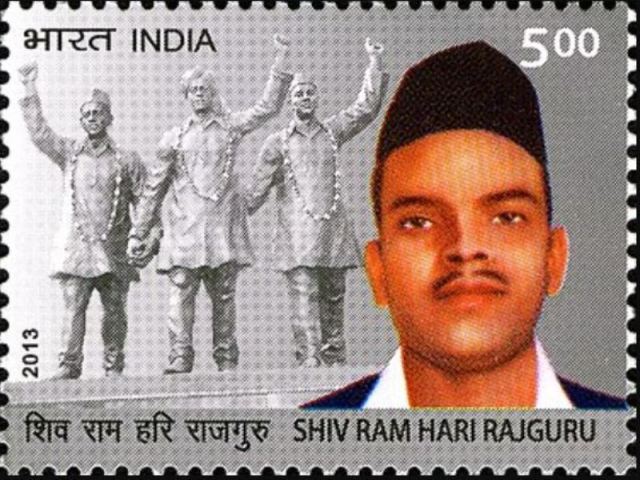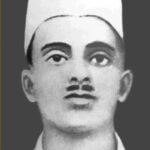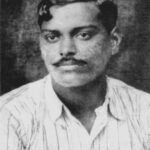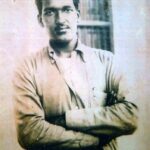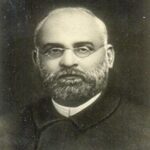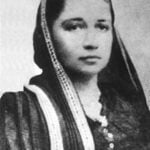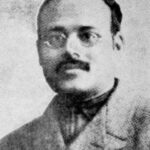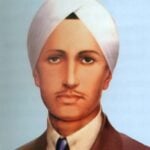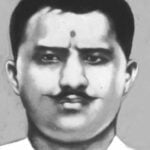Shivaram Rajguru Age, Death, Wife, Family, Biography & More
Quick Info→
Marital Status: Unmarried
Age: 22 Years
Father: Hari Narayana
| Bio/Wiki | |
|---|---|
| Full name | Hari Shivaram Rajguru [1]Free Press Journal |
| Nickname | Raghunath [2]India Today |
| Profession | Freedom Fighter |
| Famous for | Being involved in the assassination of John P Saunders, a British police officer, on 17 December 1928 |
| Physical Stats & More | |
| Eye Colour | Black |
| Hair Colour | Black |
| Personal Life | |
| Date of Birth | 24 August 1908 (Monday) |
| Birthplace | Khed, Bombay Presidency, British India (present-day Maharashtra, India) |
| Date of Death | 23 March 1931 |
| Place of Death | Lahore, Punjab, British India (present-day Lahore Central Jail, Punjab, Pakistan) |
| Age (at the time of death) | 22 Years |
| Death Cause | Execution by Hanging [3]The Times of India |
| Zodiac sign | Virgo |
| Nationality | British Indian |
| Hometown | Khed, Bombay Presidency, British India (present-day Maharashtra, India) |
| School | New English High School in Pune |
| College/University | Sanskrit Mahavidyalaya |
| Educational Qualification(s) | • Rajguru received his school education at New English High School in Pune [4]RAJGURU - The Invincible Revolutionary • At the age of fifteen, he was enrolled in the Sanskrit Mahavidyalaya for higher studies. [5]Times Now |
| Caste | Deshastha Brahmin [6]Zee News |
| Relationships & More | |
| Marital Status (at the time of death) | Unmarried |
| Family | |
| Wife/Spouse | N/A |
| Parents | Father- Hari Narayana Mother- Parvati Bai |
| Siblings | Elder Brother- Dinkar |
Some Lesser Known Facts About Shivaram Rajguru
- Shivaram Rajguru was an Indian revolutionary freedom fighter. He is best known for his involvement in the assassination of John P Saunders, a British police officer, who was involved in the assault and death of veteran Indian freedom fighter Lala Lajpat Rai. Shivaram Rajguru was a member of the Hindustan Socialist Republican Association (HSRA). He was hanged to death by the Britishers on 23 March 1931 along with Bhagat Singh and Sukhdev Thapar.
- Shivaram Rajguru was six years old when his father died. The whole responsibility of the family was handled by his elder brother, Dinkar. Shivaram Rajguru went to the local schools in Khed for his initial studies. Later, he joined New English High School in Pune for his further education.
- Shivaram Rajguru was once punished by his elder brother when Shivaram failed his English exam. His brother told him to read an English lesson loudly in front of Shivaram Rajguru’s new sister-in-law. Shivaram felt ashamed and left the home with only 11 paise with him.
- At the age of fifteen, Shivaram Rajguru left home and walked for six days to reach Varanasi where he enrolled for higher studies at Sanskrit Mahavidyalaya.
- Shivaram Rajguru was very young when he joined Seva Dal. Once, Shivaram participated in a training camp at Ghatprabha, which was organised by Dr N. S. Hardikar, who was a Congress politician and freedom fighter who formed the Seva Dal.
- At the age of sixteen, Shivaram Rajguru joined the Hindustan Socialist Republican Association (HSRA) and was popularly called by the name Raghunath by his companions. Shivaram Rajguru had knowledge of various Indian scriptures. He was the professional shooter of the HSRA who was called the gunman of HSRA.
- In December 1928, Shivaram Rajguru, along with Bhagat Singh, killed the British police officer, J. P. Saunders, at Lahore with the help of Sukhdev Thapar and Chandra Shekhar Azad. During the court trials, they stated that they killed Saunders to take revenge for the death of the Punjab Lion ‘Lala Lajpat Rai,’ who succumbed to the injuries while protesting against the Simon Commission. They were arrested by the British police along with other 21 co-inspirators. Shivaram Rajguru, Bhagat Singh, and Sukhdev Thapar were hanged to death on 23 March 1931.
- Reportedly, Shivaram Rajguru was planning the murder of the governor just before his arrest in the J. P. Saunders assassination case.
- During the court proceedings, Shivaram Rajguru deliberately annoyed the British judge by replying to his questions in the Sanskrit language. This led the judge to get angry and shout at him. Shivaram Rajguru then laughed loudly and gently signal Bhagat Singh to translate his answer to the judge.
- The birthplace of Shivaram Rajguru Khed was renamed Rajgurunagar to pay tribute to him for the sacrifices he made by participating in the Indian independence movements.
- On 24 August 2008, a book titled ‘Ajeya Krantikari Rajguru’ was released by an Indian author named Anil Verma on the birth centenary of Shivaram Rajguru.
- The ancestral house of Shivaram Rajguru, which is known as ‘Rajguru Wada’ was transformed into a memorial to Shivaram Rajguru. This memorial is announced to be a tourist place by the government of India and is situated at the banks of the Bhima river on Pune-Nashik Road.
- Since 2004, the Indian National Flag is hoisted every year on Republic Day at Rajguru Wada by the Hutatma Rajguru Samarak Samiti (HRSS).
- A college named ‘Shaheed Rajguru College of Applied Science for women’ was named after him in Vasundhara Enclave Delhi.
- In 2013, the government of India issued a postal stamp with a picture of Shivaram Rajguru to honour his sacrifices for the independence of India.
- On 19th December 1928, soon after the killing of J P Saunders, Sukhdev Thapar requested the help of Durga Devi Vohra who was the wife of Bhagwati Charan Vohra, both freedom fighters. Bhagat Singh and Shivaram Rajguru wanted to leave Lahore to Howrah. During their travelling, Bhagat Singh was dressed in western clothes, and he also cut his long hair and beard to avoid any recognition by the British officials. Shivaram Rajguru pretended to be the servant and was carrying their luggage, and Durga Devi Vohra pretended to be Bhagat Singh’s wife. This way, Rajguru left for Benares, while Bhagat Singh and Vohra left for Howrah.
- Shivaram Rajguru was inspired by Lokmanya Tilak and his revolutionary thoughts.
References/Sources:

